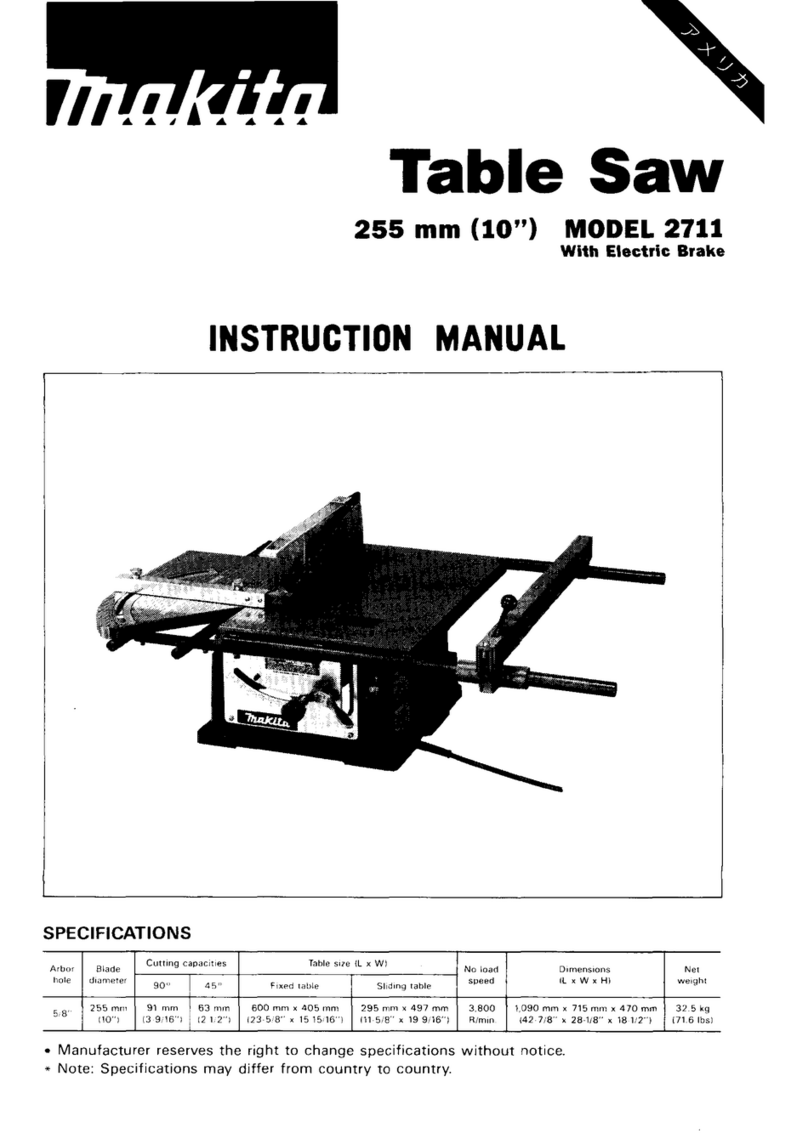Makita LF1000 User manual
Other Makita Saw manuals
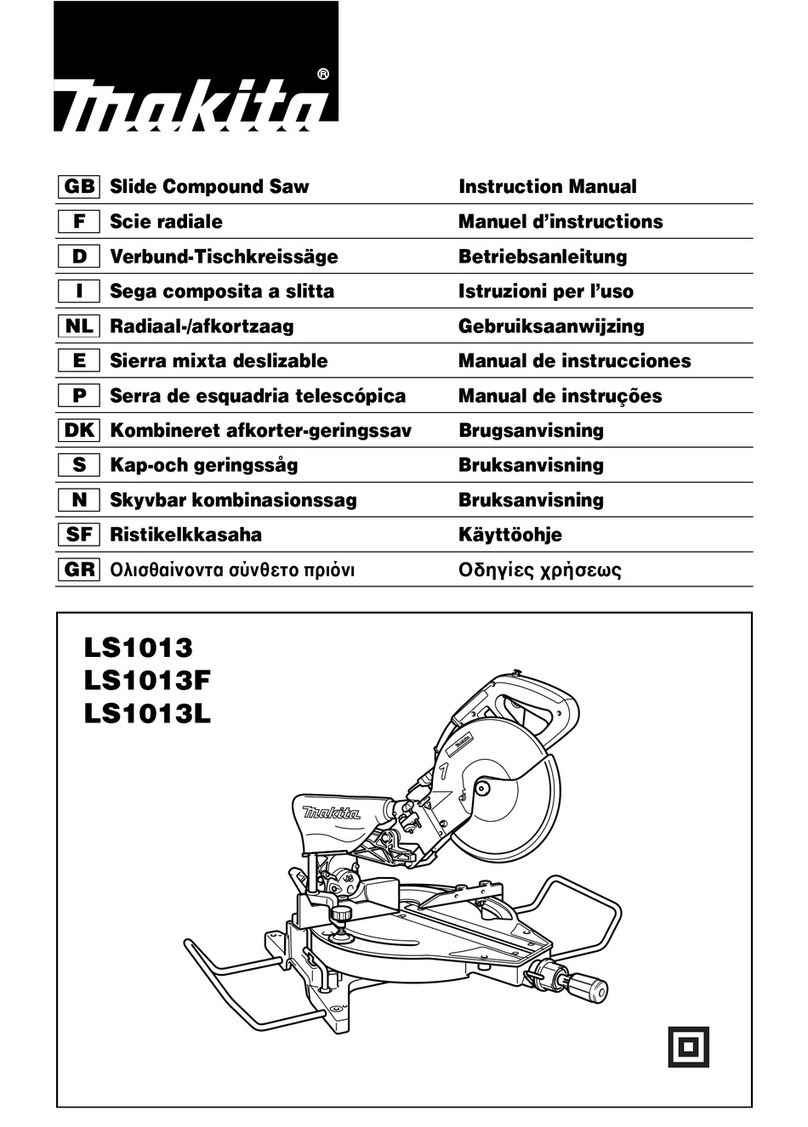
Makita
Makita LS1013 User manual
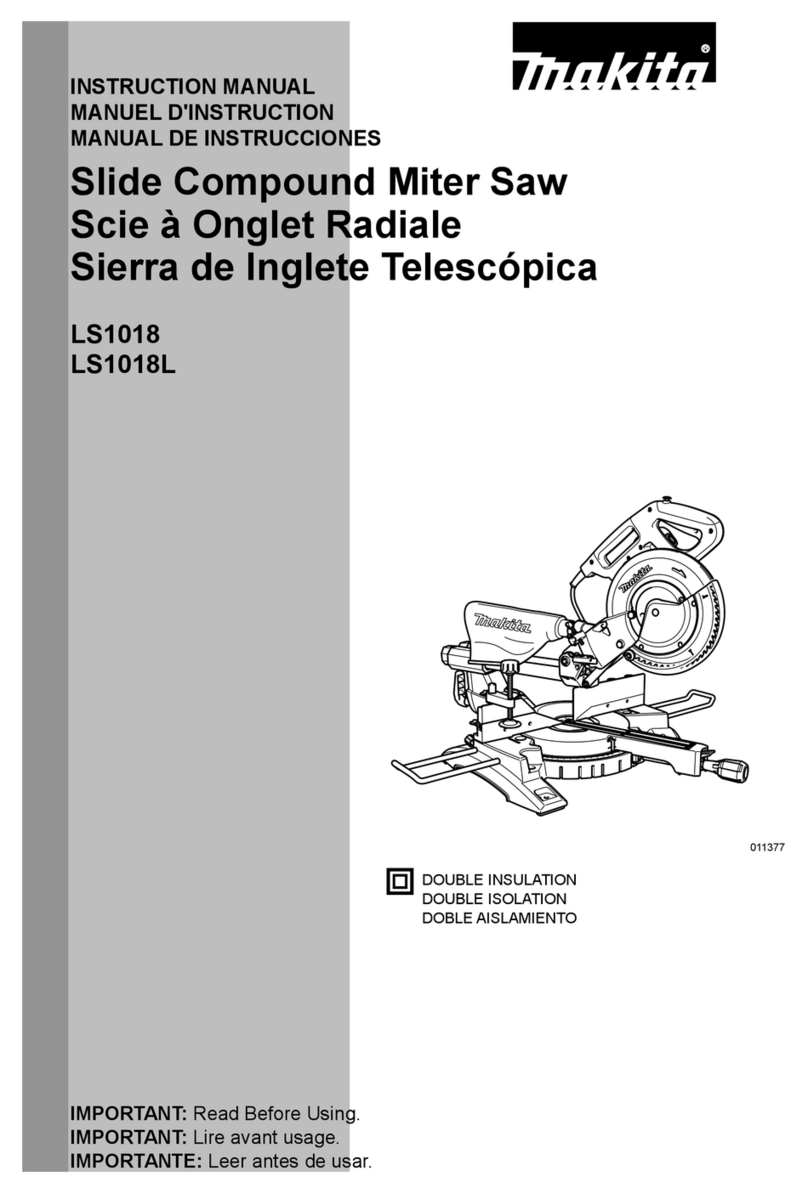
Makita
Makita LS1018 User manual
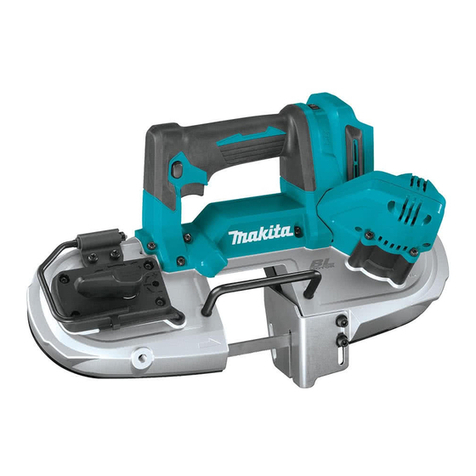
Makita
Makita DPB183 User manual
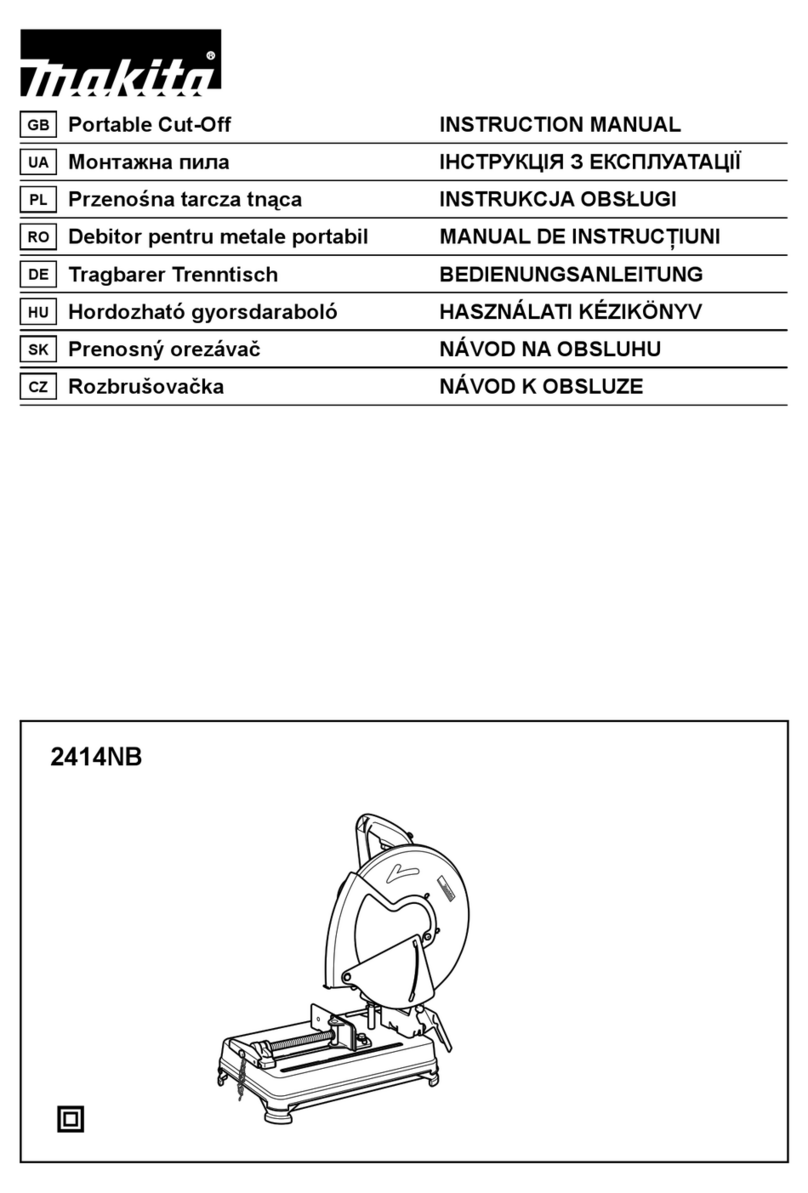
Makita
Makita 2414NB User manual

Makita
Makita 5620DWA Quick start guide
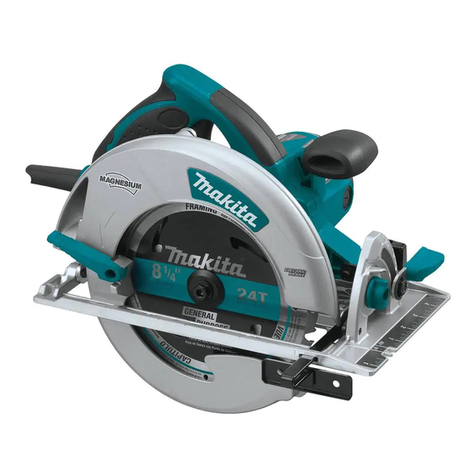
Makita
Makita 5008MGA Quick start guide
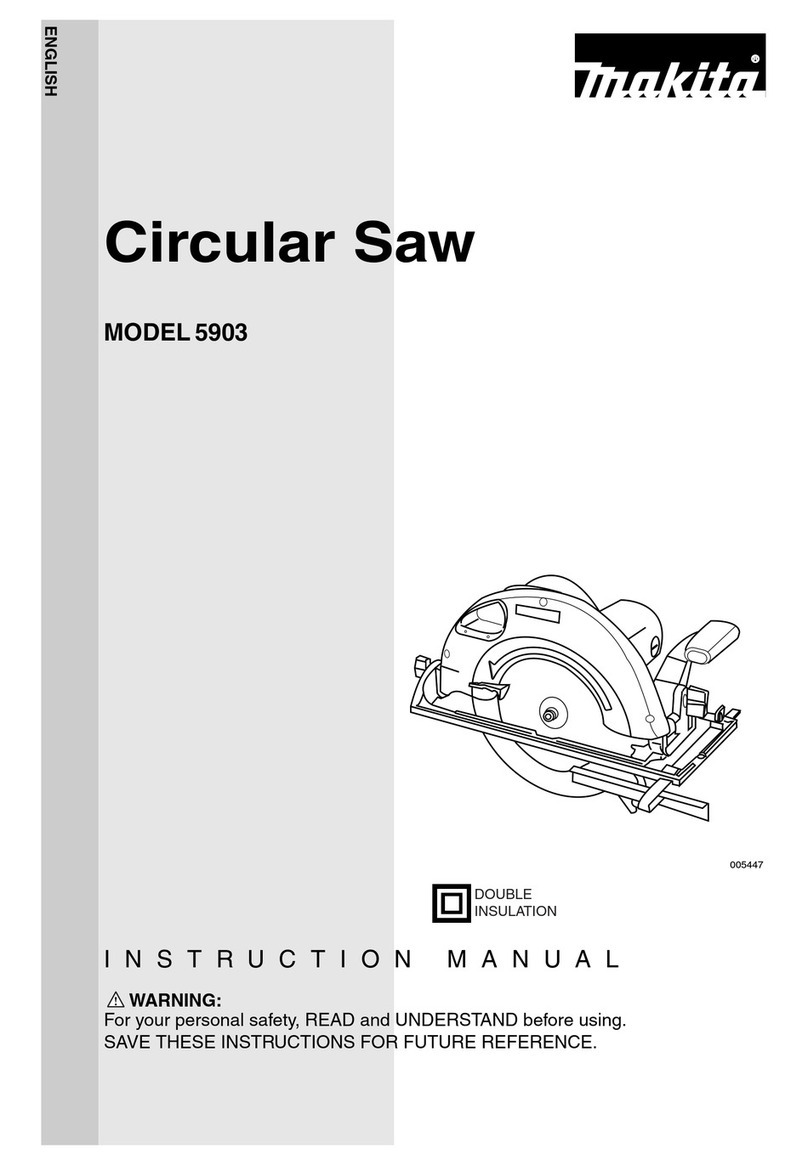
Makita
Makita 5903 User manual

Makita
Makita LH1201FL User manual

Makita
Makita LS1214 User manual

Makita
Makita M5801 User manual
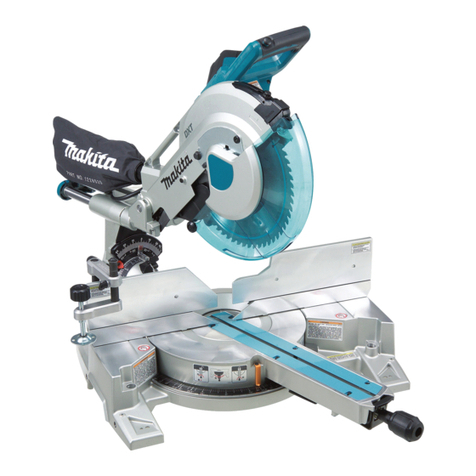
Makita
Makita LS1216L User manual
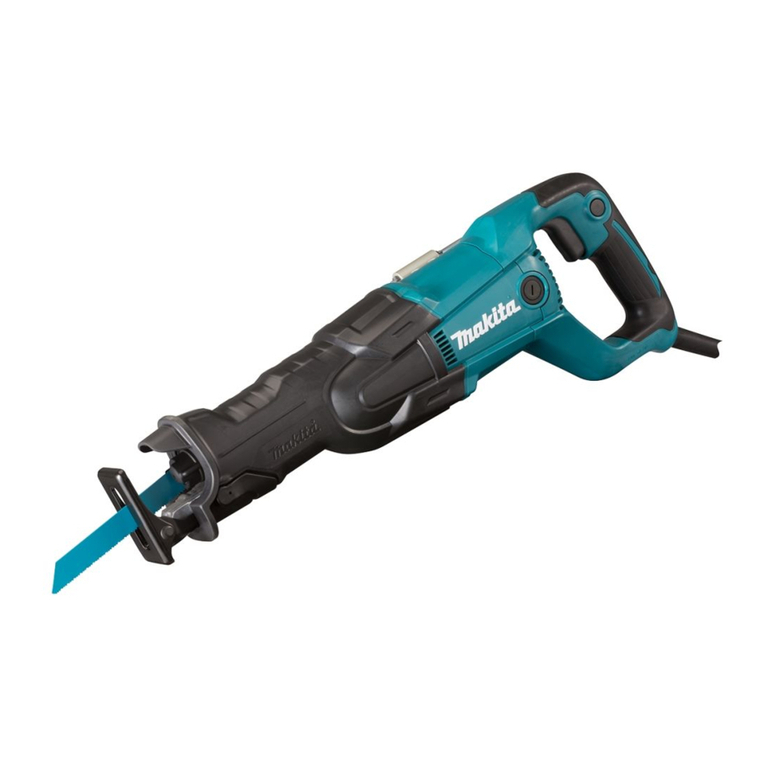
Makita
Makita JR3061T User manual

Makita
Makita M4500 User manual

Makita
Makita 5008MG User manual

Makita
Makita LH1040 User manual
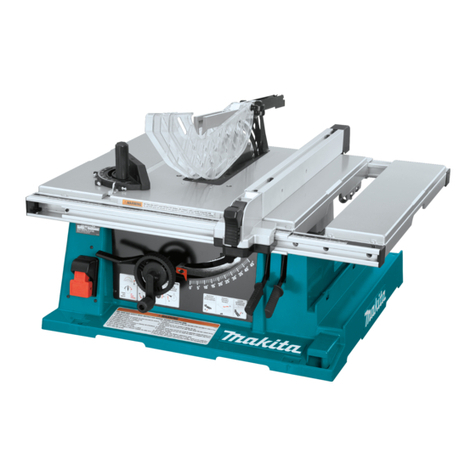
Makita
Makita 2705 User manual
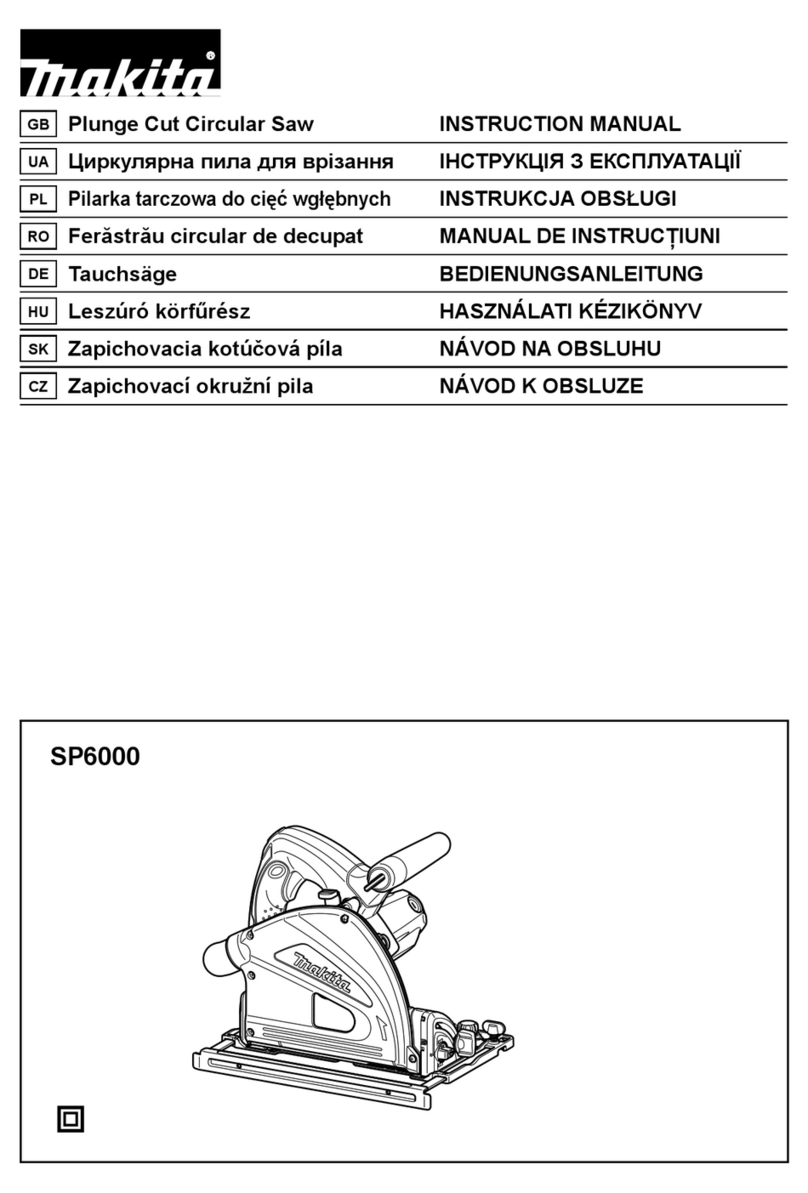
Makita
Makita SP6000 User manual

Makita
Makita DJR189 User manual

Makita
Makita DLW140 User manual
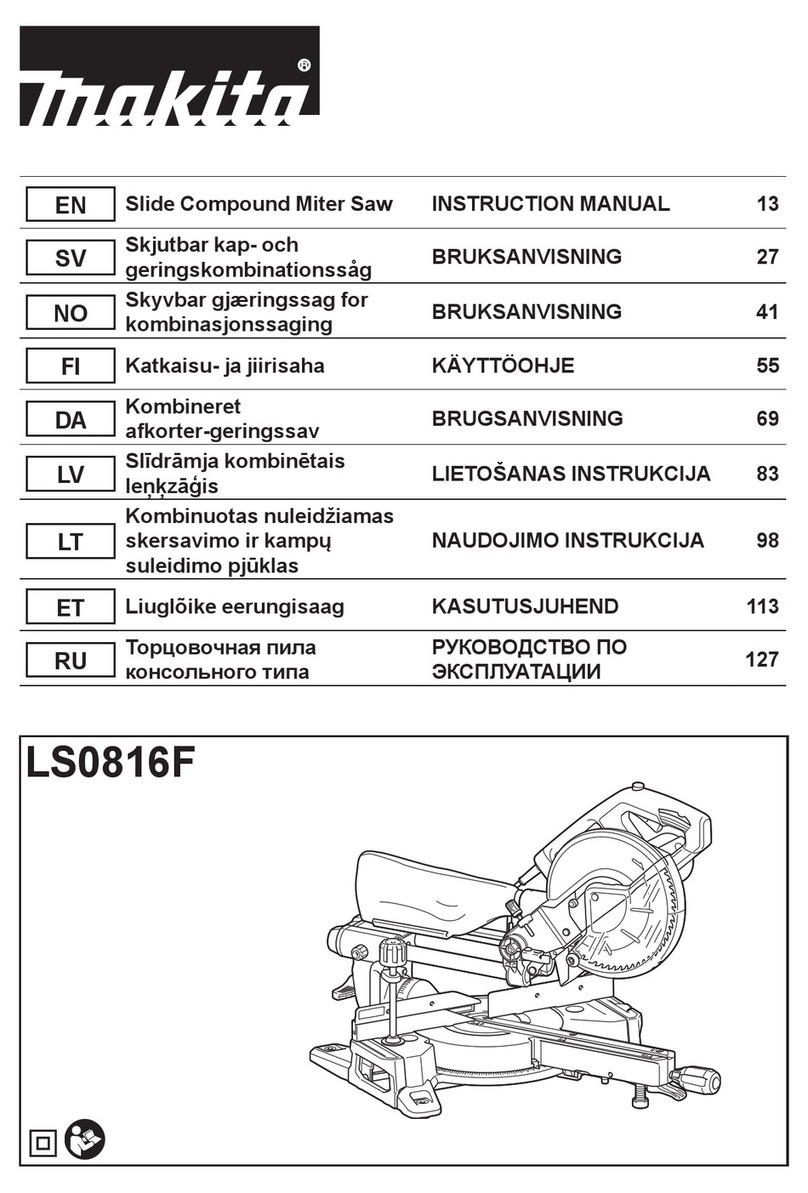
Makita
Makita LS0816F User manual
